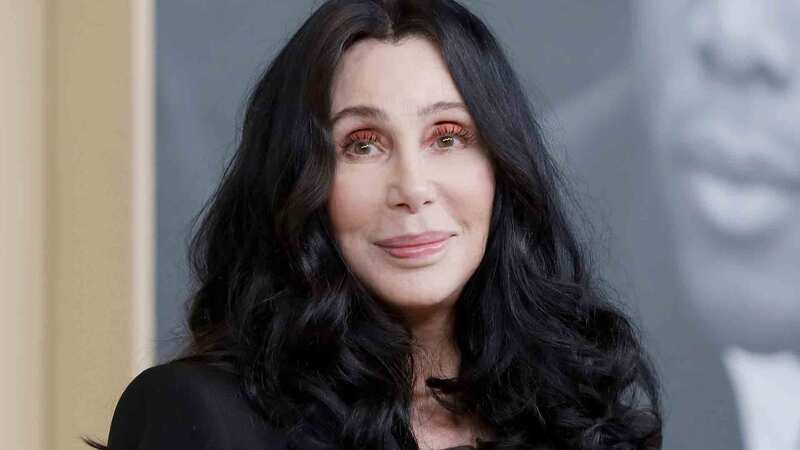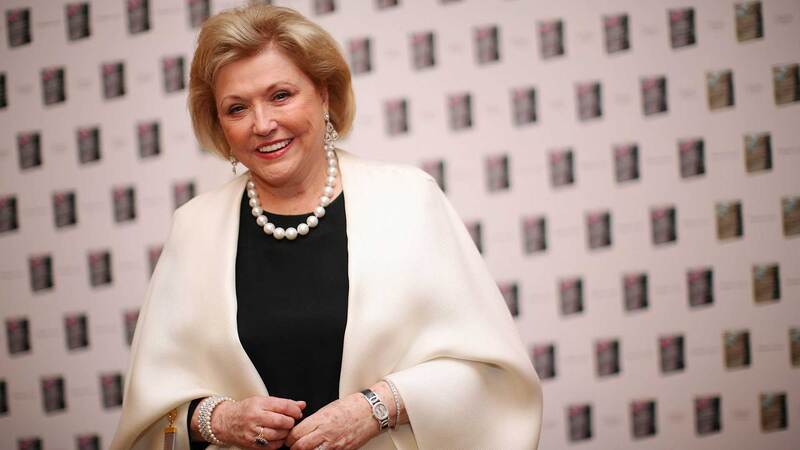You are viewing your 1 free article this month. Login to read more articles.
Why Carroll is Alice
I’m not sure how the idea of writing a book about Charles Dodgson (After Such Kindness) first came to me. While I’ve always loved Dickens, I’ve never been a huge Lewis Carroll fan; in fact I rather disliked Alice’s Adventures in Wonderland when I was given it for my sixth birthday.
Though it’s a classic that most children, or at least little girls, are given by well-meaning relatives at some time in their lives, the text itself (a parody on aspects of Victorian life that most modern children know nothing about and would probably care little if they did) did not speak to me. Even as a child in the relatively uptight 1950s, I found it quite hard to empathise with Alice and what I felt was her self-assured priggishness. She wasn’t someone I’d have wanted as a friend, and I found the world she inhabited was arbitrary and rather alarming. Of course, I had no idea of the satirical nature of Carroll’s jokes, or the hidden agenda in all those question-and-answer sessions.
As I grew up, I came to ‘know’ Alice as we all come to ‘know’ her – which is not, I think, entirely how Lewis Carroll wrote her. The time-specific content of the book he wrote for a Victorian child’s amusement in 1865, anchored as it is to the world of Victorian schoolrooms and the etiquette of Victorian childhood, has been continually diluted and filtered through the imaginations of other people as it has made its way down to us today. It has passed first through Tenniel’s illustrations (used here), then countless plays, pantomimes, ballets, films, animations, television adaptations and picture books – and they have all combined to make Alice an instantly recognisable figure. ‘Alice’ is a brand (indeed, a band). With her pumps, her pinafore and her long, long, hair she is a worldwide icon of childhood.
But real child she is not. Reading the story again a few years ago, I saw what some clever people had already spotted: that Alice is, in reality, Carroll himself, asking through the medium of his child-heroine, all those difficult and worrying questions he could never pose in his own right because of his position in the respectable hierarchy of Oxford and his own rigid religious faith.
That sense of Carroll’s adult voice ventriloquising through Alice’s girlish one was undoubtedly what alienated me as a young child, but it is exactly what intrigued me as an adult – and what made me think that there might be a novel to be found there. What further drew me in was the apparent duality of Dodgson’s own character. I’m intrigued, as most authors are, by doubleness, ambiguity and contradiction. Dickens famously had two very different sides (sunnily cheerful and broodingly self-obsessed), and ‘Carroll the children’s writer’ was notably different from ‘Dodgson the Oxford don’. He himself was most particular to separate these two personae – allegedly sending Queen Victoria a book on mathematics when she asked ‘Mr Dodgson’ for a copy of his ‘next book’. This deliberate separation of the two selves is, to me, the most fascinating aspect of the author’s otherwise not very enthralling life.
Another aspect that interested me – unsurprisingly for our post-Freudian times – was Dodgson’s relationship with small girls. Again here, there is contradiction, as Dodgson the kindly uncle, allows himself to inhabit a different (and maybe forbidden) part of his psyche as Dodgson the child-photographer. It is these forbidden parts that I wanted to write about, especially in light of the ‘paedophile panic’ of current times.
Having at one time been a social worker in Child Protection, I could only wonder at the discrepancy between the easy-going attitudes of Dodgson’s contemporaries when it came to his relationships with children, and today’s perhaps over-reaction on the subject of ‘safeguarding’ – the insistence on vetting checks for those coming within spitting distance of a child, for example, or the heavy-handed seizing of parents’ photographs of their naked offspring in the bath. All this led me to wonder how Carroll saw these relationships himself and how he might defend his concept of ‘child-friendships’ in his own head.
Of course, no one knows the ‘real story’ of Charles Dodgson or Alice Liddell, so, in After Such Kindness, I have been free to imagine it – or rather imagine a whole scenario in which this relationship between adult and child is played out against the backdrop of the great social movements and religious anxieties of the Victorian age. I’ve made no attempt to be biographically accurate, but have kept to the spirit of the original when I could.
The narrative of my characters runs parallel to that of Dodgson and Alice, and shares many preoccupations of the dream story, as well (I hope) as some of its humour. The Rev Jameson is ‘rather’ like the Rev Dodgson, and Daisy Baxter is ‘rather’ like Alice Liddell. But my novel takes Daisy outside the dream world and back into a world of family and marriage, while I attempt to enlarge on the reasons why Alice’s Adventures in Wonderland – a work of wit and whimsy – has always inspired in me such a sense of discomfort.
After Such Kindness by Gaynor Arnold is published by Tindal Street Press in July















